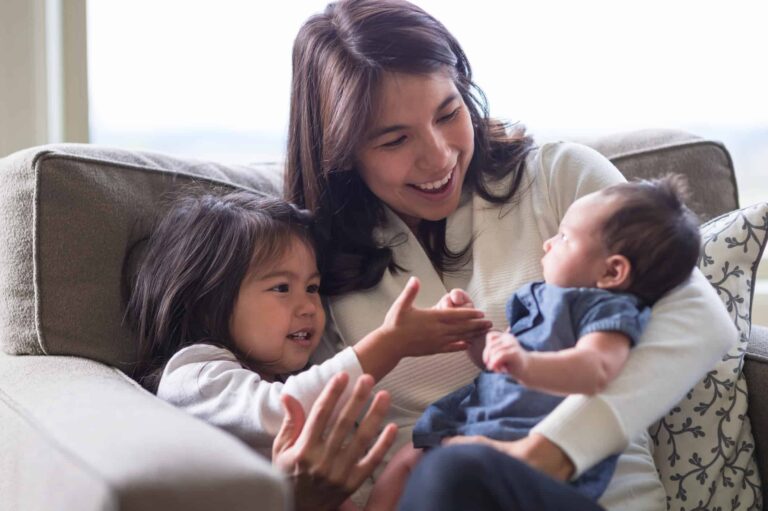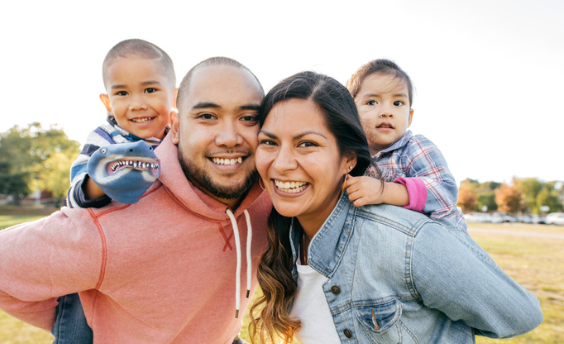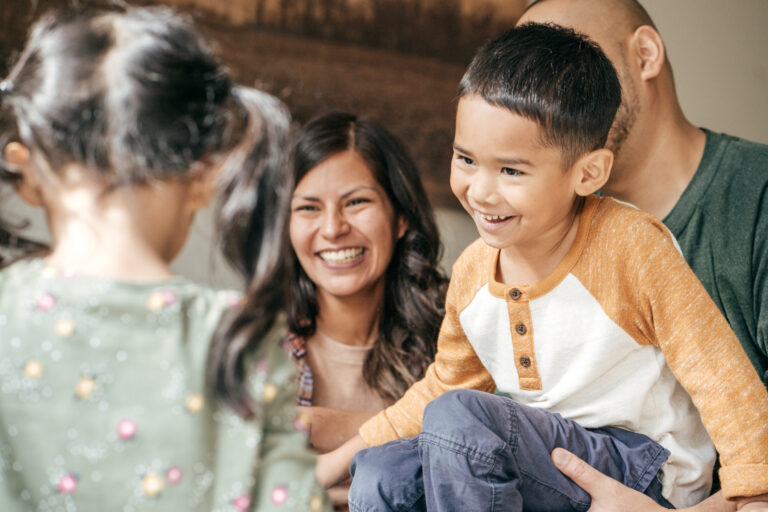“Why don’t I have a tail?” “Why do zebras have stripes?” “Why do birds poop on cars?” Kids are full of questions – some we wish someone else could answer! I may not have all the answers (not even close), but this TALK READ PLAY theme will have everyone in the family asking lots of questions about…ANIMALS!
 There are sooooo many fabulous animal activities and books to explore. Get moving with Duck-Duck-Goose. Have an Old MacDonald sing-along. Read a book with animal characters. Make animal puppets with paper bags or old socks and put on a puppet show together. Go on an animal safari around your neighborhood and keep track of how many different kinds of birds, bugs, cats, or dogs you see. When it comes to animal activities, the possibilities are about as endless as the number of questions kiddos have. [Look here for some more ideas for Infants & Toddlers and PreSchool/PreKers.]
There are sooooo many fabulous animal activities and books to explore. Get moving with Duck-Duck-Goose. Have an Old MacDonald sing-along. Read a book with animal characters. Make animal puppets with paper bags or old socks and put on a puppet show together. Go on an animal safari around your neighborhood and keep track of how many different kinds of birds, bugs, cats, or dogs you see. When it comes to animal activities, the possibilities are about as endless as the number of questions kiddos have. [Look here for some more ideas for Infants & Toddlers and PreSchool/PreKers.]
As you’re exploring the wonderful world of animals, encourage children’s imagination, and be sure to ask them lots of questions but not just any questions. We want to ask our kiddos Open-Ended Questions – you know, the ones that make them really think and have lots of different answers.
Take a look at these questions – “What color is the dog?” “How many fish are there?” “Do you like turtles?” What do all these questions have in common? They only have one answer. They’re Closed Questions. When we ask closed questions, we, the adults, keep control of the conversation. Closed questions limit what children are able to tell us…and they certainly don’t encourage lively conversations.
Instead, we want to spur conversation with open-ended questions. Open-ended questions allow children to think critically, express their own thoughts and give more than a one-word response – and be ready for them to say a lot more (at least until they’re teenagers and only talk in one-word sentences).
When sharing a story about animals, try asking how or why questions or say “tell me about…” to get the conversation going. Check out this video of my friend Darná asking her adorable son Dallas all sorts of open-ended animal questions.
Try questions like:
- “How could you show a dog you love him?”
- “Why do you think the turtle goes inside his shell?”
- “Tell me about what made the giraffe so happy.”
- “I wonder what the fish are thinking when they see us looking at them?”
These types of questions don’t necessarily have a right or wrong answer, so they make children equal partners in the conversation (look here for more on responsive interactions and serve-and-return conversations). They also spark fun conversations and help children understand feelings and what others are thinking, feeling, or doing.
Someone once said to me, “I know it is an open-ended question when I don’t know what the child is going to say.” This stuck with me (obviously), and I try to keep this advice in mind when talking with children. I want to ask questions that invite children to share their own thoughts and feelings.
Sometimes, the answers may surprise you. Other times, they may embarrass you! We’ve all been there – like when your sweet, sweet baby answers that the meal Grandma made was disgusting, right in front of her! And sometimes, the answers will let you know what your child is thinking or what they’re worried about.
Regardless of their answer, when you ask open-ended questions, you’re letting children know that what they have to say is important! You’re helping them feel comfortable sharing their thoughts and feelings. You’re helping to set the foundation for all later learning. You’re giving them the power of language!



